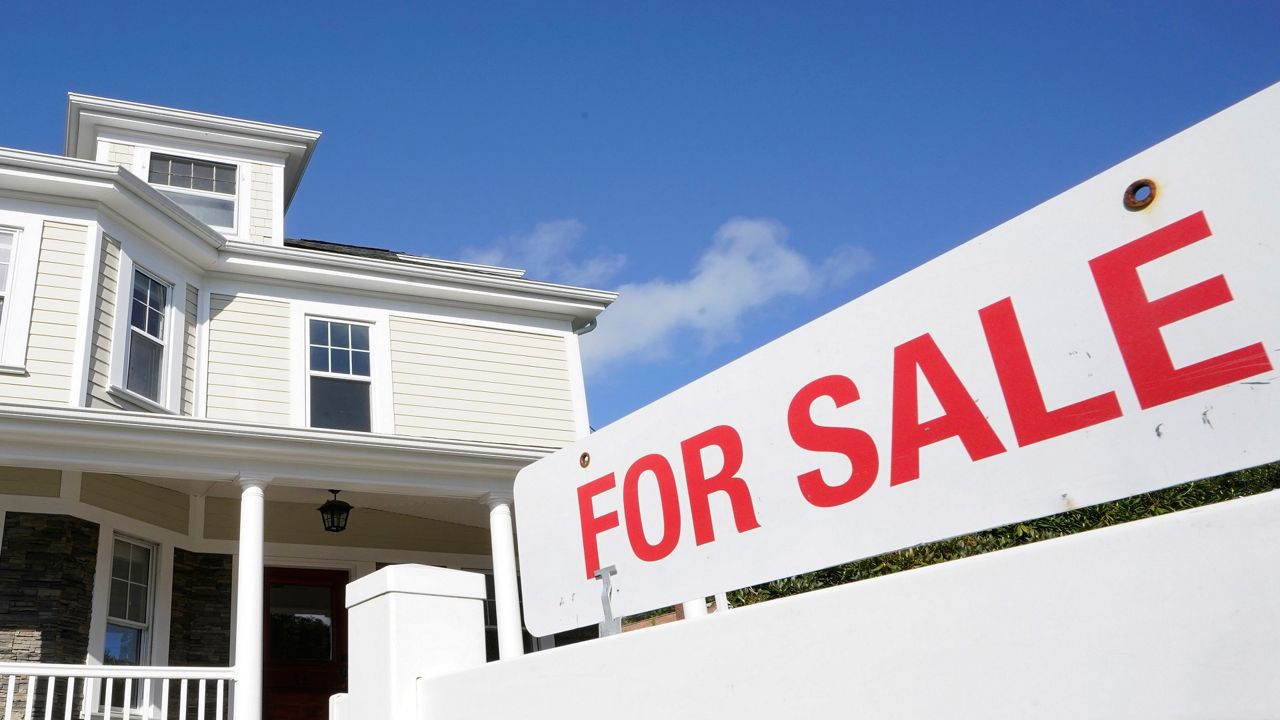State lawmakers in New York are debating how to make housing more affordable across the state as the COVID-19 pandemic has led to an inventory crunch, a dash for real estate and a sharp rise in rents in many cities.
The discussions surrounding ways of addressing affordability in housing comes as lawmakers are debating a broader $216 billion spending plan proposed by Gov. Kathy Hochul that is due at the end of the month, and as legislators weigh whether more aid for financially struggling tenants and landlords are needed.
On Wednesday at the Capitol in Albany, advocates rallied for a measure meant to make it harder for landlords to raise rents and evict tenants if they cannot afford to pay the increases. The proposal known as "good cause" eviction has been met with a chilly reception from organizations that represent landlords and property owners.
But some Democratic lawmakers say the measure is necessary after tenant protection provisions lapsed earlier this year for people who could not make rent during the pandemic, making it easier for landlords to begin eviction processes.
"We need to protect tenants' long-term stability," said state Assemvblyman Harvey Epstein. "This is a piece we need to get done. Good cause is a critical piece of the housing landscape that we need to work on."
Landlord organizations, however, insist the measure would not address the cost of rent facing tenants while also creating a burden on property owners.
"The so-called 'Good Cause Eviction' bill currently being paraded around the Capitol by a handful of vocal activists would do nothing to relieve the housing crisis in our state," said Ross M. Wallenstein, a spokesman for Homeowners for an Affordable New York. "It would only make owning and renting property an untenable proposition for all involved. We would see skyrocketing rents on vacant units and it would further complicate the already volatile housing market."
Tackling housing issues have not been easy in Albany. Hochul last month removed a proposal from her budget that was meant to make it easier for people to build accessory dwelling units after opposition from Long Island lawmakers and homeowners.
Opponents of the measure claimed its approval would have overrode local zoning laws -- underscoring the difficulty of having a statewide housing plan.
Some lawmakers, meanwhile, are pursuing affordable housing issues in rural areas of New York as well as mid-sized communities that saw an influx of wealthier residents amid the pandemic. The red-hot real-estate market drove up prices in areas that had already seen a lack of home building over the last decade, and that in turn has led to a rise in rents.
"A lot of people don't think about the lack of housing in upstate communities," said Sen. Michelle Hinchey, a Democrat from the Hudson Valley. "We hear so much that people are leaving our upstate communities, but we don't hear about the infrastructure challenges."
Her district includes Kingston and Hudson — two communities that saw a sharp rise in real estate as more people moved to those areas in the last two years, many of them former New York City residents. That has squeezed out lower and middle-income residents, many of whom work in those communities, but find it increasingly less affordable to live there.
Hinchey and housing advocates called for measures at a separate news conference on Wednesday that are meant to benefit land banks and incentivize multi-unit construction that has lagged over the last year.
"The problem is we still don't have supply," she said. "At the end of the day we don't have enough supply for people to live in their communities."



